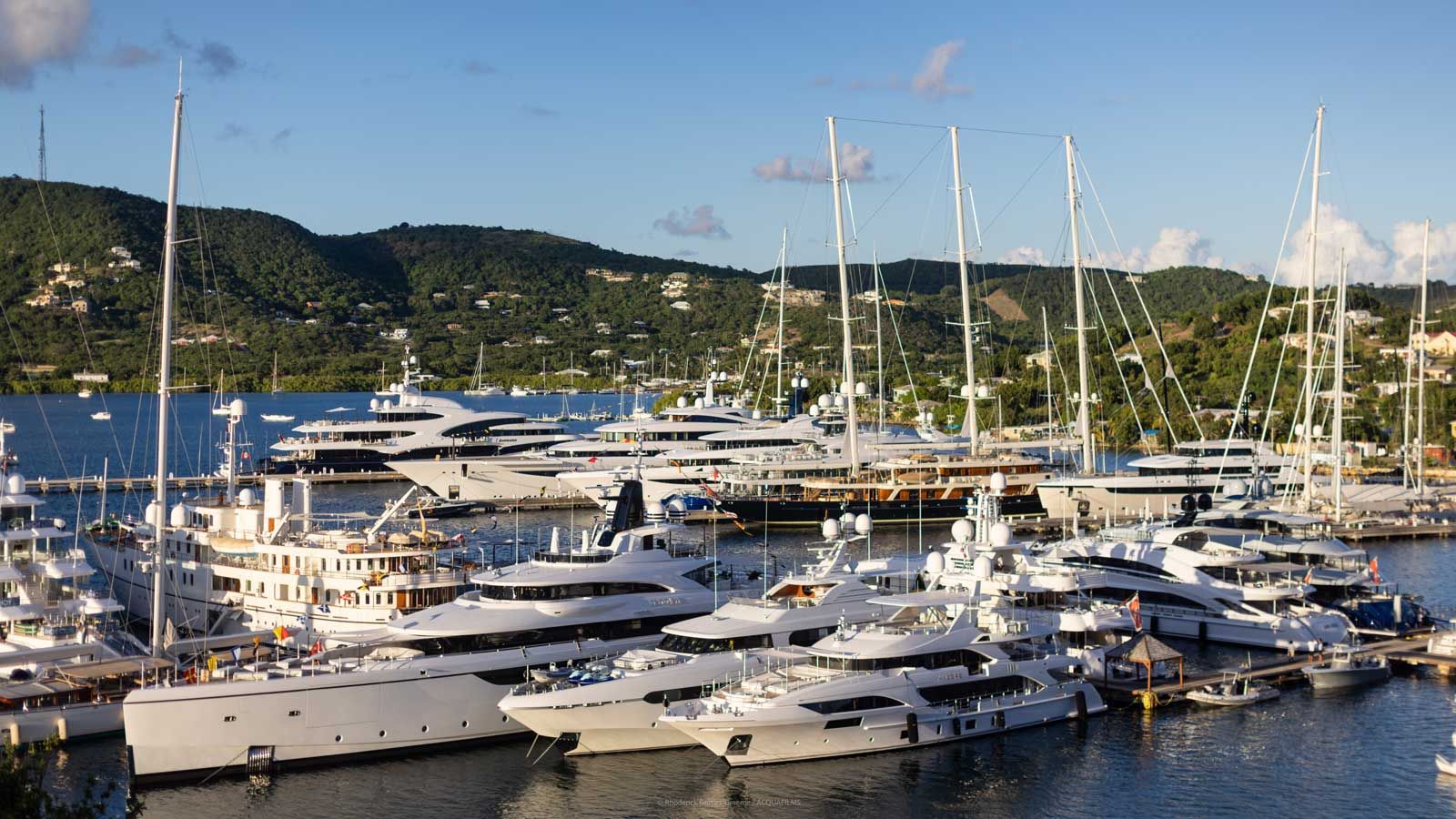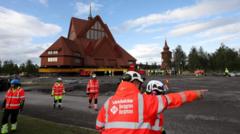It was at a landmark architecture exhibition in Paris in 1925 that the Art Deco aesthetic first exploded on the scene.
In the 100 years since, the glamorous building style - evocative of neon-lit jazz bars and the golden age of big motion pictures - rapidly spread around the world.
Art Deco's distinct motifs - typified by geometrical ziggurats, sweeping curves, sunburst designs, nautical elements, and circular rooftops - symbolised an unequivocal break from the past. In a short time, the style also influenced home interiors, furniture, fonts, jewellery, and iconic cinema halls worldwide.
It represented hope, optimism, and speed, coinciding with the emergence of the motor car and concrete as a building material, said Atul Kumar, founder of the Art Deco Mumbai Trust. He noted how this architectural style celebrates a classicism and simplicity that has survived the test of time.
According to Kumar, Mumbai boasts the world's largest documented collection of Art Deco buildings, although other estimates suggest it ranks just behind Miami.
A unique aspect of Mumbai's embrace of Art Deco is how the style resonates across various building typologies, including schools, cinemas, bungalows, petrol stations, and banks. Despite often being hidden in plain sight, these structures remain integral to the city's architectural landscape.
While many buildings have been at risk due to modern developments, efforts are underway to preserve and adapt this design for contemporary needs. Architects like Nidhi Tekwani aim to reimagine Art Deco elements, creating modern adaptations that honor the original style.
As the city undergoes significant transformation, ensuring the preservation of Art Deco is more important than ever, connecting Mumbai's past with its future and affirming the timeless appeal of this architectural legacy.






















